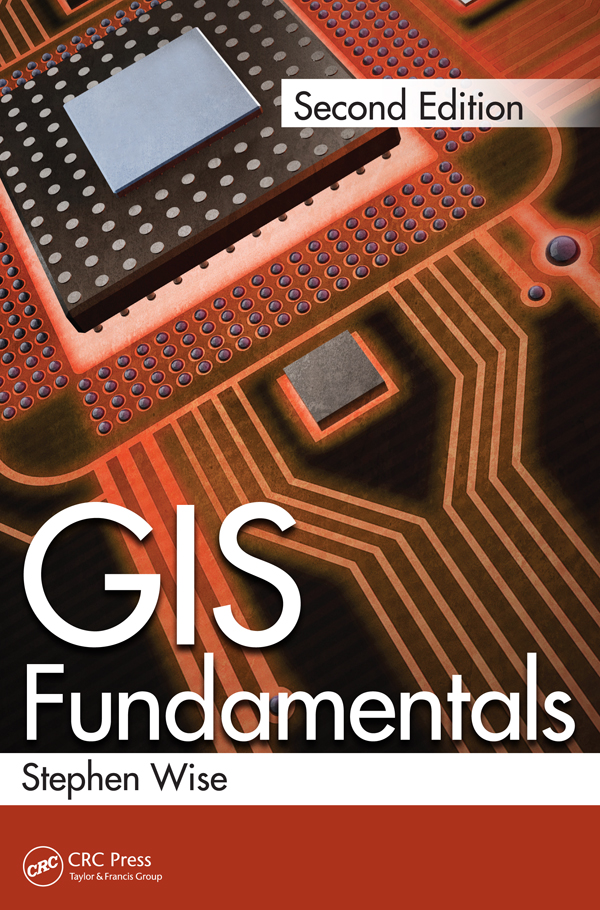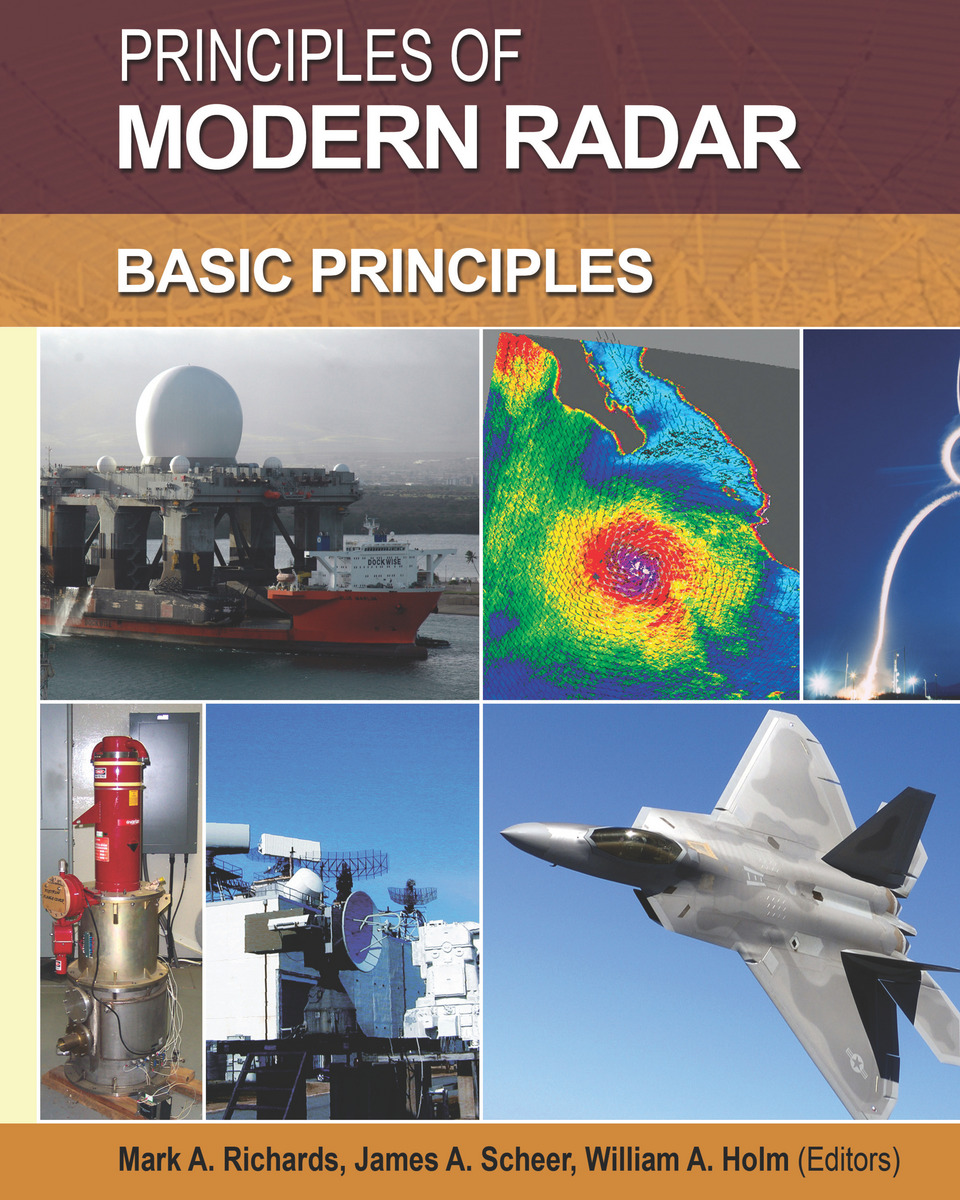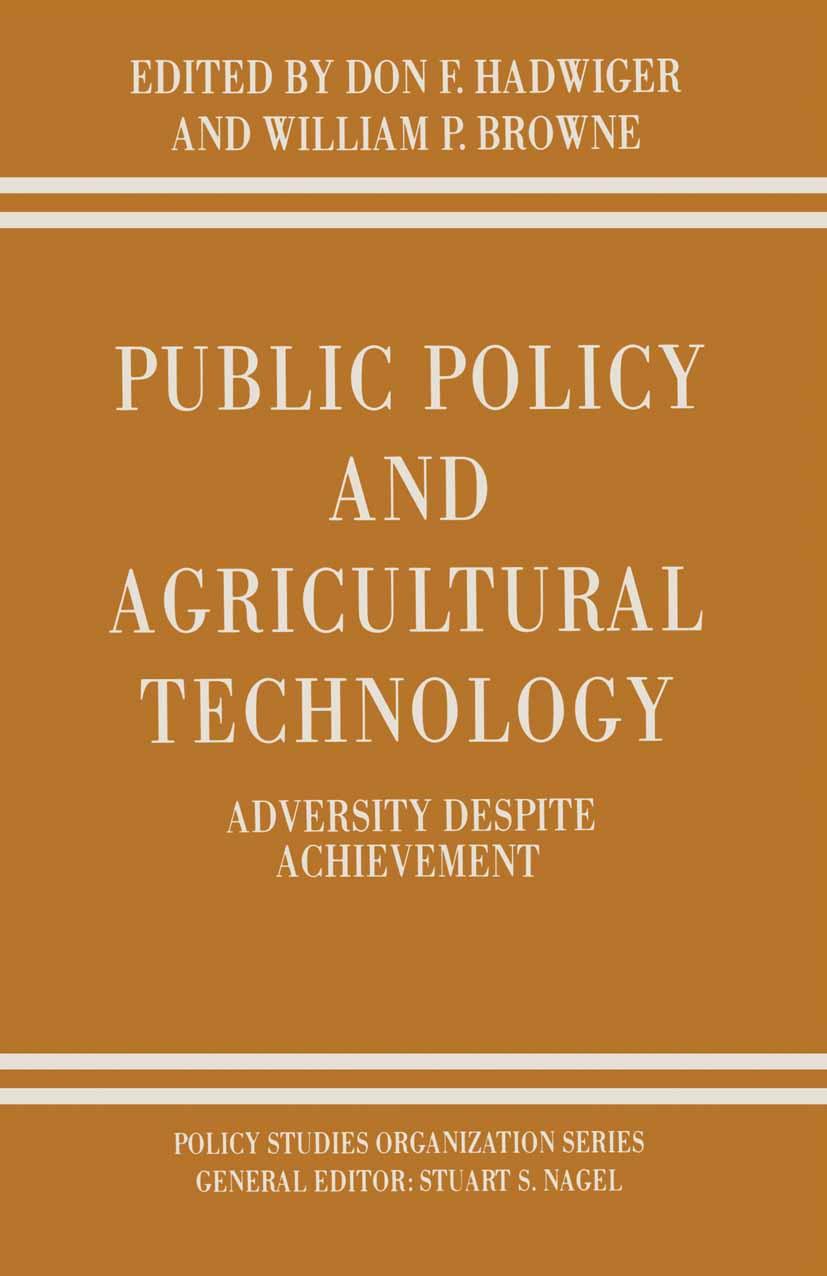GIS Fundamentals
by Stephen Wise
2020-07-07 15:24:29
With GIS technology increasingly available to a wider audience on devices from apps on smartphones to satnavs in cars, many people routinely use spatial data in a way which used to be the preserve of GIS specialists. However spatial data is stored an...
Read more
With GIS technology increasingly available to a wider audience on devices from apps on smartphones to satnavs in cars, many people routinely use spatial data in a way which used to be the preserve of GIS specialists. However spatial data is stored and analyzed on a computer still tends to be described in academic texts and articles which require specialist knowledge or some training in computer science. Developed to introduce computer science literature to geography students, GIS Fundamentals, Second Edition provides an accessible examination of the underlying principles for anyone with no formal training in computer science. See Whatâs New in the Second Edition: Coverage of the use of spatial data on the Internet Chapters on databases and on searching large databases for spatial queries Improved coverage on route-finding Improved coverage of heuristic approaches to solving real-world spatial problems International standards for spatial data The book begins with a brief but detailed introduction to how computers work and how they are programmed, giving anyone with no previous computer science background a foundation to understand the remainder of the book. As with all parts of the book there are also suggestions for further sources of reading. The book then describes the ways in which vector and raster data can be stored and how algorithms are designed to perform fundamental operations such as detecting where lines intersect. From these simple beginnings the book moves into the more complex structures used for handling surfaces and networks and contains a detailed account of what it takes to determine the shortest route between two places on a network. The final sections of the book review problems, such as the "Travelling Salesman" problem, which are so complex that it is not known whether an optimum solution exists. Using clear, concise language, but without sacrificing technical rigour, the book gives readers an understanding of what it takes to produce systems which allow them to find out where to make their next purchase and how to drive to the right place to collect it.
Less


























.jpg)



